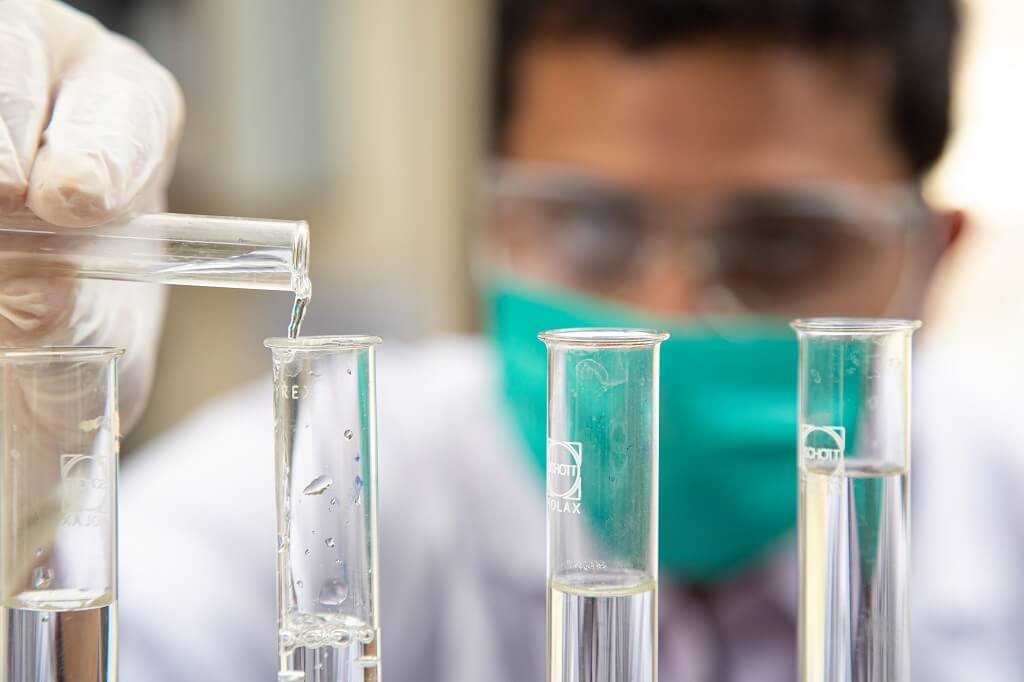Because many people are now getting their water supply from city distributions, the level of bacteria getting in water has shrunk enormously. Unfortunately, people with their own well water or providers are not properly sterilizing the water, leading to the threat of their water being infected with bacteria. That said, there is continual testing going on, and increased production of good water filters, bacteria, and waterborne pathogens are dropping in numbers The treatment of water is so advanced from just a few years ago making it safer for you and your family to enjoy clean, fresh water.
Municipal Water & Bacteria
Suppliers of public water are required by the EPA or Environmental Protection Agency to continually test for coliform bacteria. Unfortunately, testing depends a lot on the supplier and the size of the population they serve. They are still required to notify the public if the water does not meet the EPA standards which means you have a say in the matter. You can get the results from a bacteria test from your supplier. Just remember one thing, just because they test for some bacteria, that does not mean all bacteria are being tested. That means this bacteria can end up in the supply of water you are using. The bottom line, unless testing takes place 100% of the time, it's almost impossible to know what is in the water on a regular basis.
Municipal water providers usually disinfect water using chlorine which will kill most waterborne pathogens which can lead to typhoid fever, dysentery, cholera, and Legionnaires' disease.
Chlorine is a popular choice amongst municipal water providers because it's effective, inexpensive, and takes absolutely no effort to use. The downside to chlorine, it has a very distinctive taste and an odor that is very unpleasant. The only upside, if you smell and taste chlorine in your water you will at least know it's been treated.
Although chlorine kills most pathogens in water, chlorinated water has its own set of dangers. Chlorine in water causes heavy metals like lead to seep into the water when it comes in contact with old alloy pipes which many homes have for plumbing. Unfortunately, that's not the only concern. When you take a shower and inhale chlorinated water you are actually inhaling chloroform gas that is formed by the steam in your shower.
On top of that, there are parasites including cysts, Giardia, and Cryptosporidium that are highly resistant to all forms of disinfection. If you have municipal water, it's highly recommended you have a good water filter that will decrease the chlorine along with many contaminants including bacteria, viruses, and cysts from your water. Carbon filtration is the leader in reducing chlorine and absolute charged nanofiber filters or ultrafiltration for the removal of bacteria. Nanofibers are fibers within a nanometer range which is one-billionth of a meter.
What Kind Of Stuff Is Floating Around In Water
- Bacteria -
- Salmonella, Shigella, Iron bacteria, Vibrio, Coliform bacteria and Ecoli.
- Viruses -
- Hepatitis A & E, Astrovirus, Rotavirus, and Poliovirus.
- Protozoans -
- Cryptosporidium, Giardia, and Entamoeba
This is only a short list and nowhere near complete. All of the above can lead to diarrhea, vomiting, fever, and abdominal cramping.
Water Filters For Bacteria
Whole house water filters are installed into the main water line so all water that enters your home has been filtered.
Under sink water filters will filter the water that comes out of a specific tap. It's often referred to as a point-of-use water filter.
Both of these systems will most likely remove bacteria and viruses from your water but it depends on what filter cartridge or filtration technology is in the system. Not all filtration systems are the same nor do all filters remove bacteria and viruses. Before making a choice, it's recommended you get with an expert to see what would be the best choice for you and your home.
Reverse Osmosis Filter To Remove Bacteria
To find out if a under sink reverse osmosis will get rid of bacteria, you need to understand how the system works. A reverse osmosis filter has a membrane that the water from your home is forced through. The membrane contains thousands of very tiny holes that are only large enough to allow water molecules to get through. Anything larger than a molecule will be trapped by the membrane. In a nutshell, the effectiveness of a reverse osmosis filter for contaminants will depend on the size of the actual contaminants.
The very smallest bacteria are approximately 0.2 microns in size. While that is extremely small, it's actually larger than a water molecule. Water molecules are around .0001 microns and the holes in the reverse osmosis membranes are just barely larger than that. In other words, if there are bacteria in your tap water and your water is filtered by a reverse osmosis system, the bacteria will not get through the filter due to their size which is too large to get through the membrane pores. Therefore a reverse osmosis filter will remove bacteria from your tap water.



